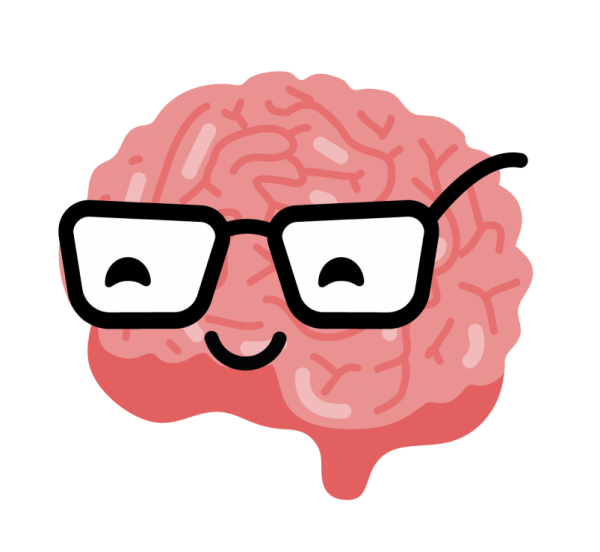Why you might get “SAD” when fall rolls around
It’s that time of year again. It’s 6 p.m., you look outside and it’s already almost pitch black. Before you know it, we’ll have reached the dreaded state of perpetual night: waking up and going to sleep while it’s still dark — inevitably, leaving you feeling miserable.
No, you’re not the only one who feels this way… Unfortunately, many of us are feeling it too.
According to the Canadian Mental Health Association, 15 per cent of Canadians will experience a mild form of Seasonal Affective Disorder (SAD) over the course of their life, while two to three per cent deal with more extreme cases of SAD recurringly.
But, what exactly is Seasonal Affective Disorder?
SAD is a mild form of depression that is relative to the changing of the seasons. It is known to alter mood, emotions, and reduce energy. Ultimately, SAD leaves sufferers feeling lethargic, unmotivated, agitated, and having difficulty sleeping. In more severe cases, it can even cause an onset of suicidal thought and behaviours.
Researchers are still not 100 per cent certain what actually causes SAD. Though it is just a theory, researchers believe this is caused by a lack of sunlight. Changes in the light are known to disturb the circadian rhythm, also known as the sleep-wake cycle, which regulates hormones and other bodily functions such as digestion, mood, and body temperature.
Lack of sunlight may also interfere with the normal operation of neurotransmitter functions, which enable the transmission of serotonin (the happy chemical) and dopamine (the pleasure hormone).
However, contrary to what most people might think, SAD doesn’t only occur in the winter. While it is less common, a more mild case of the disorder has been known to affect people starting in the spring and over the summer months.
Despite the symptoms of SAD being almost identical to those of depression, it is important to note that they are not the same. A key characteristic that defines their differences lies in the nature of SAD, which is subjective to the seasons. A person suffering from Seasonal Affective Disorder will experience symptoms for one to two seasons of the year (generally, they will have experienced it for more than two years in order to be diagnosed), whereas someone with depression will exhibit symptoms year-round.
Research has shown that people who live north of the equator are more susceptible to SAD, on account of a decrease in sunlight. Because SAD is caused by an environmental change, many doctors recommend exercise, outdoor exposure and — when it’s too cold to go outside during daylight hours — light therapy. Also known as phototherapy, light therapy consists of using a light box to replicate outdoor light.
If and when you start feeling the unbearable weight of winter affecting your physiological well-being, try engaging in endorphin-releasing activities, exposing yourself to the sun for even just a few minutes, and using these self-care methods to help ease the blow.
Feature graphic by @sundaeghost




